It Turns Out That This ‘Millennia-Old’ Stone Circle Is Actually Only as Old as Millennials
It’s a recent riff on an ancient Scottish tradition.

For thousands of years, grassy hills across portions of Scotland and Ireland have been marked with massive rings of stones. These are known as recumbent stone circles, named for the central, signature slab splayed on its side and surrounded by a flock of vertical sentinels. It’s thought that the Bronze Age monuments may have been erected for rituals, as burial sites, or to frame the moon. They number close to 200. But researchers in Leochel-Cushnie, a parish in Aberdeenshire, Scotland, recently learned that a local one is a whole lot younger than the rest.
Neil Ackerman, historic environment record assistant at the Aberdeenshire council, was part of a team that went out to look at the circle in November 2018, after locals tipped researchers off about some old-looking stones stuck into a field. It was hard to say for sure, but, at first, nothing seemed especially off to Ackerman or his fellow scouts, representing Historic Environment Scotland.
True, this circle was notably smaller than many others, but plenty about it fit. The tipped-over stone was oriented southwest, for one thing, as is the case with many other monuments of this type. Like many of its peers, it was positioned with hillside views. The stones were stippled with lichen, which Adam Welfare, of Historic Environment Scotland, interpreted at the time as “indicative of the ring’s antiquity.” The stones also lacked “fresh breaks or quarrying marks,” Ackerman says, which would have suggested that they were modern replicas.

Yes, sure—most of the known circles were recorded decades (or even centuries) ago, but Ackerman didn’t read too much into it. This one was in a dip in the field, off the beaten track. “There was a decent possibility that it might have just been missed,” says Ackerman.

Upon closer look, though, the stones did show some signs of modern meddling. “Our detailed survey revealed that some of the stones were placed in a way that suggested at least modern alterations,” Ackerman says.” Even that wasn’t especially odd, or a sign that these weren’t old, after all. “Stones can fall and be reset in a slightly different position over time,” Ackerman says. (Researchers have also suggested that Stonehenge has been freshened up over the years—sometimes with the heavy-duty help of concrete and cranes.)
So, was it old, new, or something in between? It’s notoriously difficult to date these stone circles—they’re not often paired with, say, bits of bone, tools, or pottery that might hold clues about their age—but the council thought it passed muster, and blasted out the news of the new, old find in December 2018. “This amazing new site adds to our knowledge of these unique monuments and of the prehistoric archaeology of the area,” Ackerman said at the time.
Then, this week, the same folks who had celebrated the find announced that the jig was up: A former owner of the farm confirmed that they’d laid the stones in the mid-1990s. That owner had an interest in archaeology, and built this replica as a garden feature, Ackerman says. They recently got in touch with Historic Environment Scotland to clear up questions when the stones began making headlines as a rediscovered relic.
On Twitter, Ackerman described the initial sting of getting it wrong, with a self-deprecating deadpan: “If you are having an awkward day at work, at least you’re not that guy who identified a new prehistoric stone circle to the press that now turns out to be about 20 years old.” In a fresh news release, though, Ackerman spun the mix-up in a positive light—as a win for both archaeology and the region’s ongoing enthusiasm for its long history. Even if the arrangement is not ancient, Ackerman reasoned, it’s still pretty cool. “I hope the stones continue to be used and enjoyed,” Ackerman said. “It is still in a fantastic location and makes for a great feature in the landscape.”



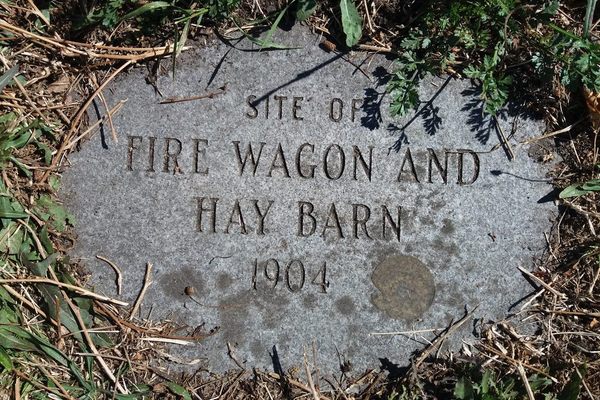
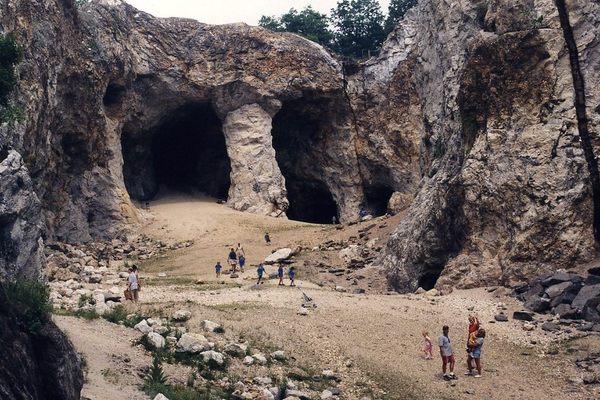


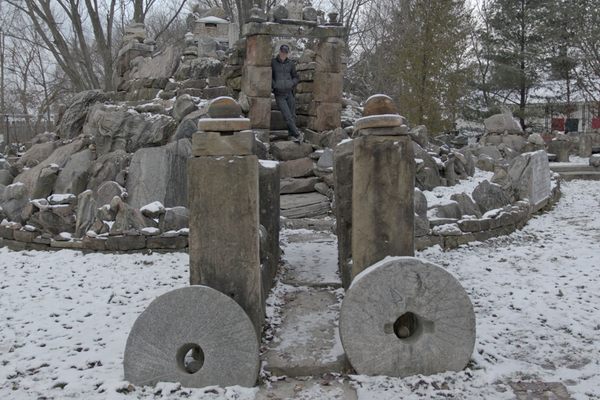
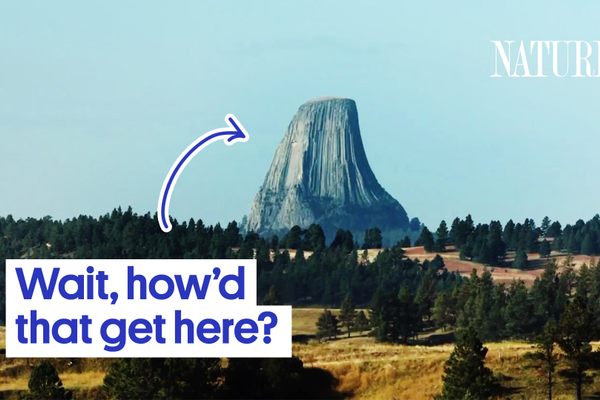




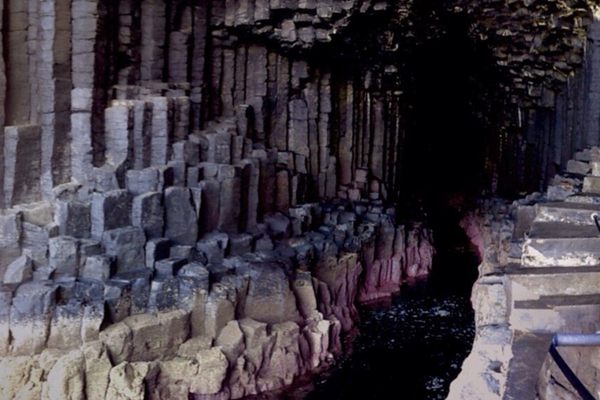





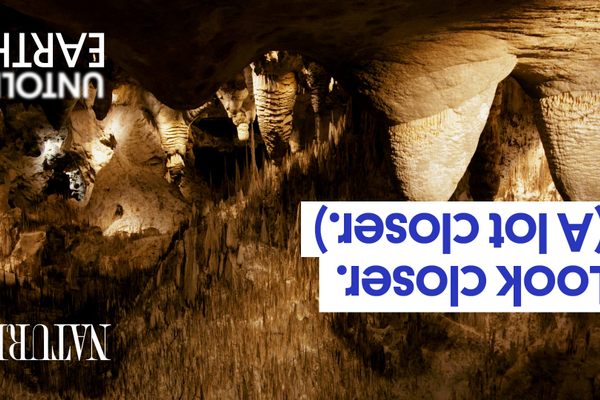










Follow us on Twitter to get the latest on the world's hidden wonders.
Like us on Facebook to get the latest on the world's hidden wonders.
Follow us on Twitter Like us on Facebook